Industry information
Company News
- Fluorocarbon aluminum veneer: a fashionable outerwear for modern architecture
- Dear architecture enthusiasts and designers, today let's talk about the one that instantly makes architecture cool
- Aluminum veneer, the 'invisible hero' of the construction industry
- Curtain wall aluminum veneer: a fashionable outerwear for modern architecture
- Aluminum veneer: the fashionable choice of modern architecture, one board, one world!
Industry dynamics
- Innovative application of wavy curved aluminum veneer in architectural decoration
- Aluminum veneer curtain wall is a powerful tool to enhance the aesthetic appeal of buildings
- Aluminum veneer: the invisible hero of the construction industry
- Painted aluminum veneer, the new darling of the aluminum industry!
- What are the limitations of aluminum veneer in architectural exterior design?
Frequently asked questions
- What is the thermal conductivity of aluminum veneer?
- What are the sustainability indicators of aluminum veneer in building exterior design?
- Has the production process of aluminum veneer reduced water resource consumption?
- How to evaluate the impact of aluminum veneer's removability on the appearance of buildings?
- Is aluminum veneer prone to deformation?
contact us
Mobile:+86 15627778610
Email: 2201229786
Address: No. 5 Binjiang Road, High tech Zone, Zhaoqing City, Guangdong Province
How designers use fluorocarbon aluminum veneer to create beauty
- Author: Supreme Building Materials (Guangdong) Co., Ltd
- Release time: 2022-03-03 02:24:27
- Click:0
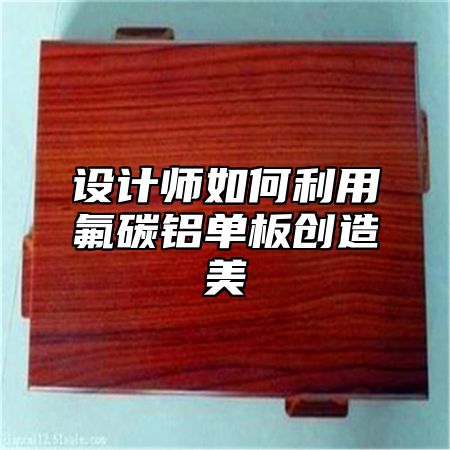
FluorocarbonAluminum veneerAs a new type of building material, it has the characteristics of lightweight, high strength, corrosion resistance, and aesthetics, and is increasingly favored by designers. How can designers use fluorocarbon aluminum veneer to create beauty? Let's learn about it together below.
Designers can choose the color and texture of fluorocarbon aluminum veneer based on the overall style and color matching of the building. Fluorocarbon coatings come in a wide range of colors and can be chosen according to different needs and design styles to achieve personalized design effects. The surface of fluorocarbon aluminum veneer has undergone special treatment, presenting a unique metallic texture and glossiness, which can add modernity and personality to buildings.
Designers can create unique architectural forms through the shape and structure of fluorocarbon aluminum veneer. Fluorocarbon aluminum veneer can be processed using different methods and techniques, such as cutting, bending, stamping, etc., to form various shapes and structures that meet different architectural design requirements. For example, designers can splice fluorocarbon aluminum veneers into different patterns and shapes to create unique building facades; Alternatively, fluorocarbon aluminum veneer can be combined with other materials to create a more diverse and colorful architectural form.
Thirdly, designers can create spatial variations and layering through the combination and arrangement of fluorocarbon aluminum veneers. Fluorocarbon aluminum veneer can be combined and arranged in various ways, such as horizontal, vertical, inclined, etc., to form different spatial variations and layers. For example, designers can splice fluorocarbon aluminum veneers into different patterns and shapes to create a three-dimensional spatial effect; Alternatively, fluorocarbon aluminum veneer can be combined with other materials such as glass curtain walls and stone curtain walls to create a more diverse and colorful architectural space.
Designers can enhance the artistic and quality of buildings through the detailed treatment of fluorocarbon aluminum veneer. The surface of fluorocarbon aluminum veneer has been specially treated to have a good texture and touch, and can be used to make various decorative details such as doors, windows, ceilings, etc. These decorative details can complement the fluorocarbon aluminum veneer itself, forming a complete artwork.
Designers can use fluorocarbon aluminum veneer in various ways to create beauty. Whether in terms of color, texture, shape, structure, combination, arrangement, or detail processing, designers can fully unleash their creativity and imagination to create unique and artistic architectural works. With the continuous advancement of technology and the development of society, people have higher expectations and requirements for future architectural decoration. I believe designers will play a more important role in future architectural decoration!

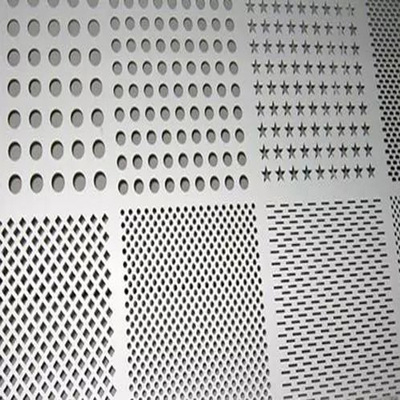
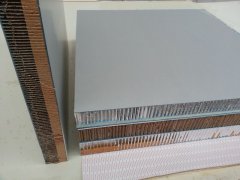
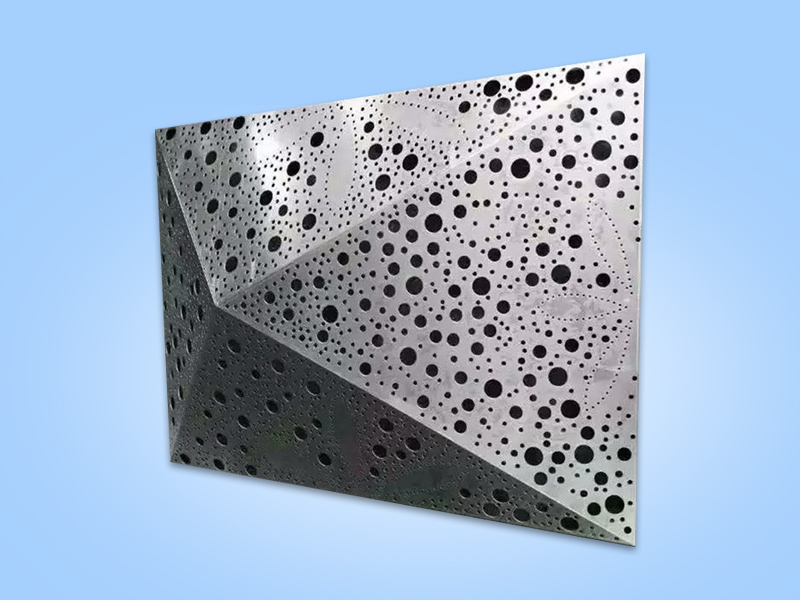
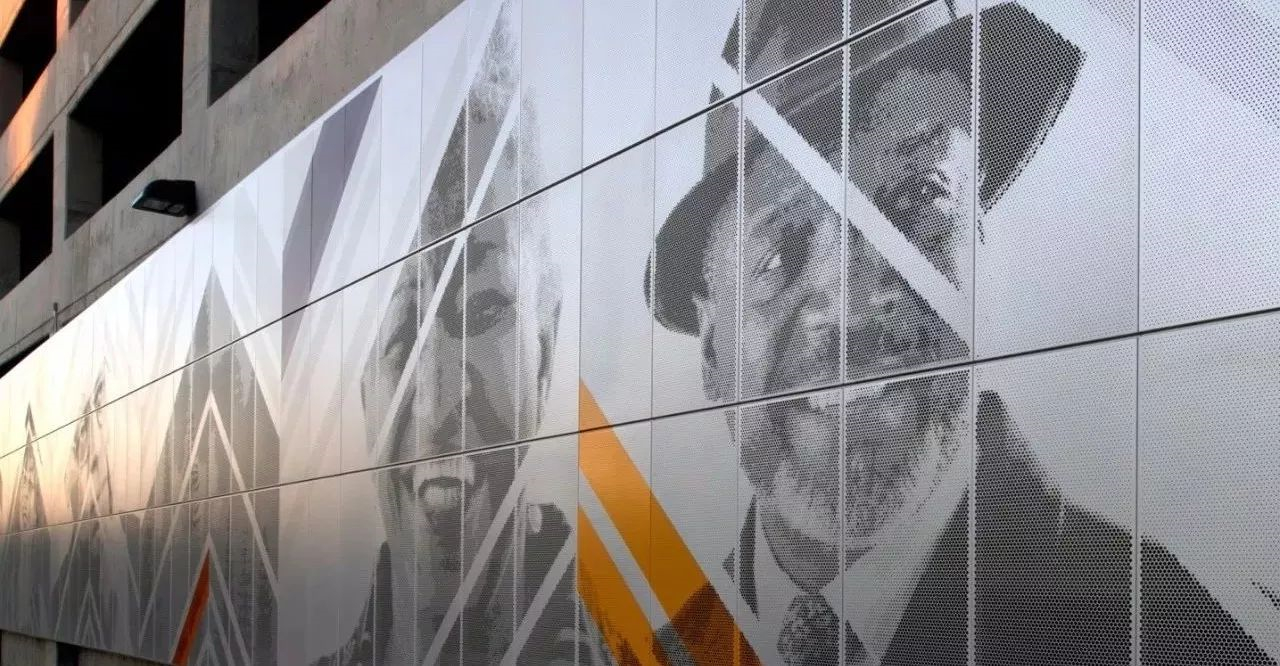
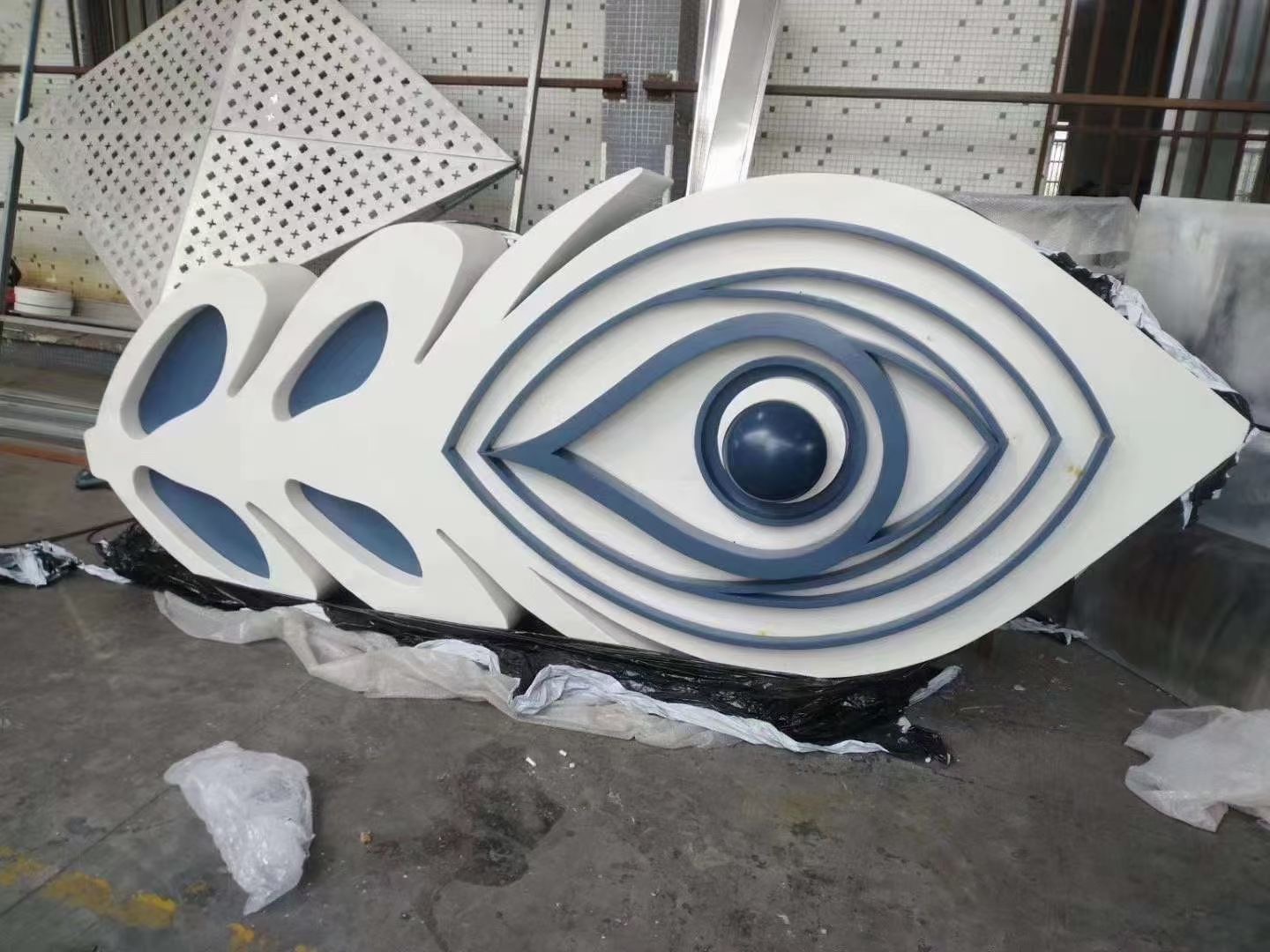
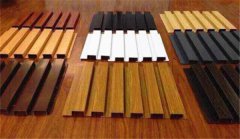
 Customer service QQ
Customer service QQ